Despite an intense Israeli offensive, Hamas has maintained its grip on power in Gaza, quickly reasserting security control and restoring basic services. Experts say Hamas's deep roots and control over security forces present a challenge to implementing a lasting peace.
A member of security forces loyal to Hamas stands guard atop a truck carrying humanitarian aid through the Kerem Shalom border crossing into southern Gaza on Tuesday. Photograph: Bashar Taleb/AFP via Getty Imagesofficials are overseeing the clearance of rubble in the wake of Sunday’s ceasefire. The group’s gunmen are guarding aid convoys on Gaza ’s dusty roads, and its blue-uniformed police once again patrol city streets, sending a clear message: Hamas remains in charge.
Israeli officials have described a parade of jubilant Hamas fighters that celebrated the ceasefire on Sunday in front of cheering crowds as a carefully orchestrated attempt to exaggerate the Palestinian militant group's strength. But, in the days since the ceasefire took effect, Gaza's Hamas-run administration has moved quickly to reimpose security, to curb looting, and to start restoring basic services to parts of the enclave, swathes of which have been reduced to wasteland by the Israeli offensive. Reuters spoke to more than a dozen residents, officials, regional diplomats and security experts who said that, despite Israel's vow to destroy it, Hamas remains deeply entrenched in Gaza and its hold on power represents a challenge to implementing a permanent ceasefire.Israeli forces kill eight Palestinians in security operation in Jenin The Islamist group not only controls Gaza’s security forces, but its administrators run ministries and government agencies, paying salaries for employees and co-ordinating with international NGOs, they said. Hamas fighters escort a Red Cross vehicle in Gaza City to collect Israeli hostages released on Sunday after the ceasefire agreement between Israel and Hamas took effect. Photograph: Abood Abusalama/Middle East Images/AFP via Getty Images On Tuesday, its police and gunmen – who for months were kept off the streets by Israeli air strikes – were stationed in neighbourhoods through the strip. “We want to prevent any kind of security vacuum,” said Ismail Al-Thawabta, director of the Hamas-run Gaza government media office. He said that some 700 police were protecting aid convoys and not a single truck had been looted since Sunday – a contrast to the massive theft of food by criminal gangs during the conflict. A spokesperson for the United Nations in Geneva confirmed there had been no reports of looting or attacks on aid workers since the ceasefire took effect. In recent weeks, Israeli air strikes have targeted lower-ranking administrators in Gaza, in an apparent bid to break Hamas’s grip on government. Israel had already eliminated Hamas’s leadership, including political chiefDespite the losses, Al-Thawabta said the Hamas-run administration continued to function. “Currently, we have 18,000 employees working daily to provide services to citizens,” he said. The Hamas-run municipalities had begun on Sunday clearing the rubble from some roads to enable vehicles to pass, while workers repaired pipes and infrastructure to restore running water to neighbourhoods. On Tuesday, dozens of heavy trucks ferried debris from destroyed buildings along the enclave’s dusty main arteries. Palestinian civil defence personnel search for bodies amidst the rubble of buildings in a ruined neighbourhood of Gaza's southern city of Rafah, on on Wednesday. (Photograph: Bashar Taleb/AFP via Getty Imageshas not articulated a vision for Gaza’s postwar future beyond insisting the Islamist group can play no role and stating that the Palestinian Authority – a body set up under the Oslo peace accords three decades ago that partially administers the occupied West Bank – also cannot be trusted under its current leadership. The Israeli government did not respond to questions for this article. Joost Hiltermann, of the International Crisis Group, said Hamas’s firm grip on Gaza presented Israel with a dilemma. “Israel has a choice, to continue fighting in the future and killing people – and that hasn’t worked in the past 15 months – or it can allow an arrangement where the Palestinian Authority takes control with Hamas’s acquiescence,” Hiltermann said. Hamas’s military capability is hard to assess because its rocket arsenal remains hidden and many of its best trained fighters may have been killed, Hiltermann said, but it remains by far the dominant armed group in Gaza: “Nobody is talking about the PA taking over Gaza without Hamas’s consent.”, the head of the Palestinian Authority and a long-time adversary of Hamas, has not given his assent. Abbas’s office and the Palestinian Authority did not respond to a request for comment. Under the terms of the ceasefire, Israel must withdraw its troops from central Gaza and permit the return of Palestinians to the north during an initial six-week phase, in which some hostages will be released. Starting from the 16th day of the ceasefire, the two sides should negotiate a second phase, expected to include a permanent ceasefire and the complete withdrawal of Israeli troop
HAMAS GAZA CEASEFIRE ISRAEL PALESTINE SECURITY POLITICS
Ireland Latest News, Ireland Headlines
Similar News:You can also read news stories similar to this one that we have collected from other news sources.
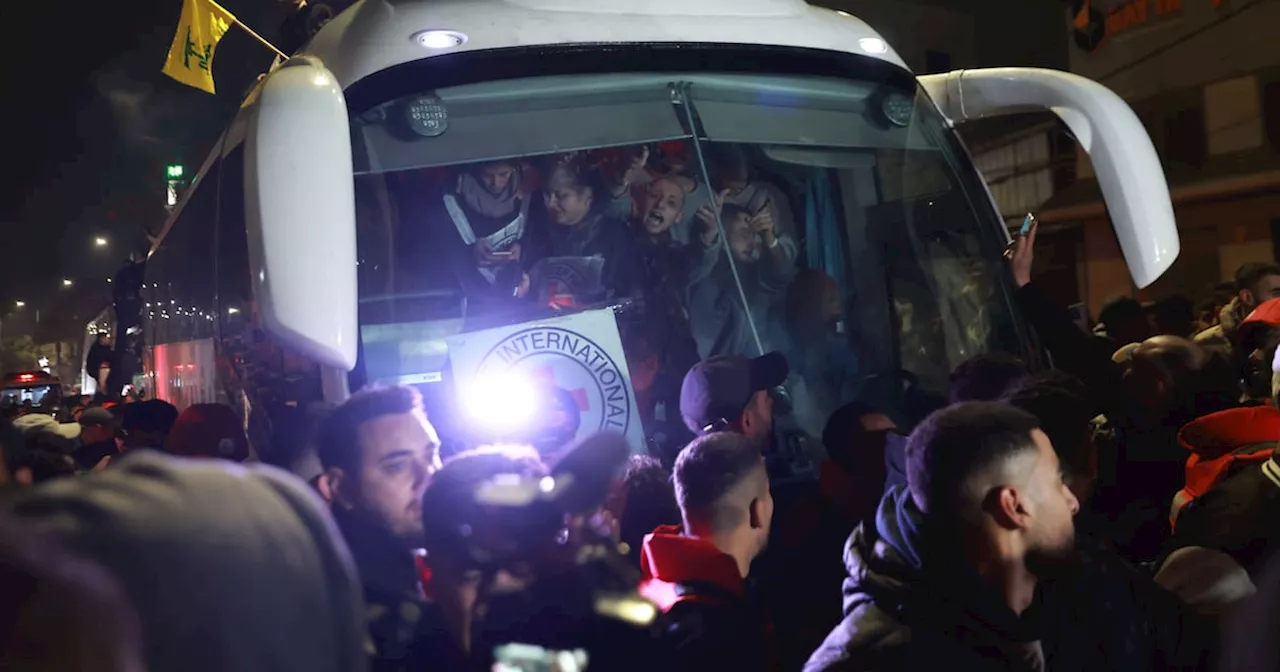 Israel releases 90 Palestinian prisoners as Gaza ceasefire enters second dayIsraeli move follows the release of three Israeli women held hostage by Hamas
Israel releases 90 Palestinian prisoners as Gaza ceasefire enters second dayIsraeli move follows the release of three Israeli women held hostage by Hamas
Read more »
 Gaza Violence Escalates: 10 Killed in Israeli Strike, Ceasefire Talks StallAt least 10 people, including five journalists, were killed in an Israeli airstrike in Gaza. The Israeli military said the strike targeted a vehicle carrying members of the Islamic Jihad militant group. The Gaza health ministry reports over 45,000 Palestinian deaths since the start of the Israeli offensive on October 7th. Meanwhile, ceasefire negotiations between Israel and Hamas have stalled despite reported progress. Key sticking points include the exchange of hostages for Palestinian prisoners and the withdrawal of Israeli troops from Gaza.
Gaza Violence Escalates: 10 Killed in Israeli Strike, Ceasefire Talks StallAt least 10 people, including five journalists, were killed in an Israeli airstrike in Gaza. The Israeli military said the strike targeted a vehicle carrying members of the Islamic Jihad militant group. The Gaza health ministry reports over 45,000 Palestinian deaths since the start of the Israeli offensive on October 7th. Meanwhile, ceasefire negotiations between Israel and Hamas have stalled despite reported progress. Key sticking points include the exchange of hostages for Palestinian prisoners and the withdrawal of Israeli troops from Gaza.
Read more »
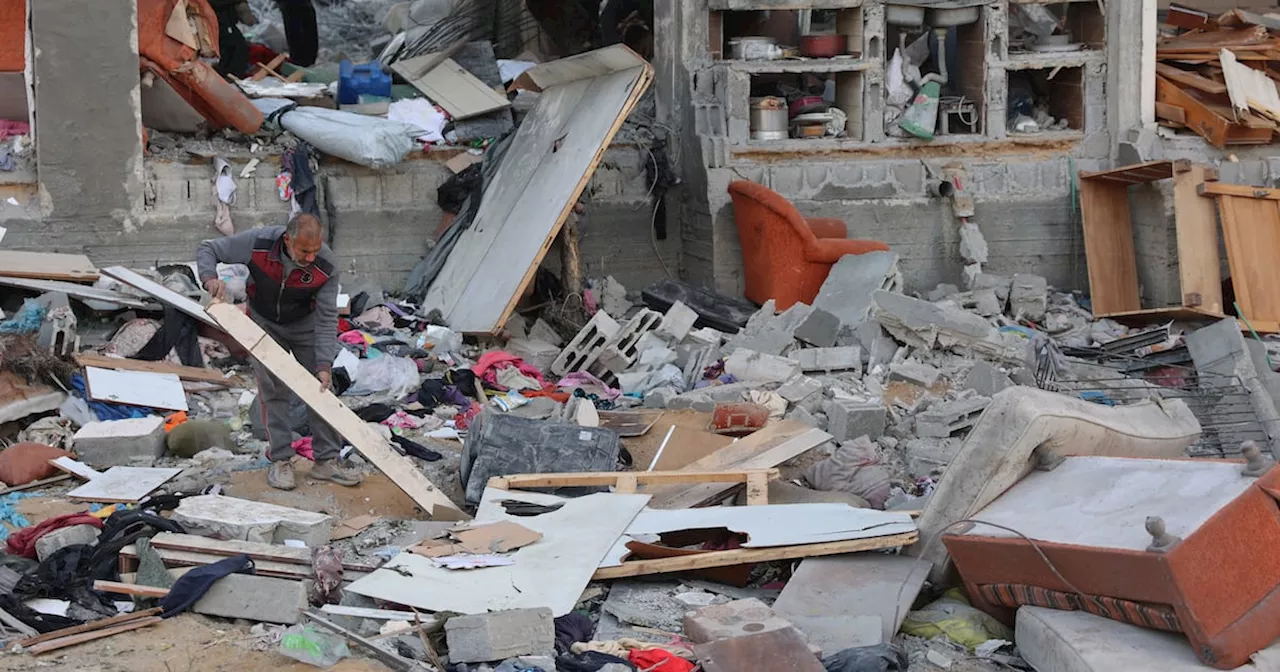 At Least 25 Killed in Israeli Airstrikes on Gaza, Including 15 in Gaza City HouseAt least 25 Palestinians were killed in Israeli airstrikes on the besieged Gaza Strip, including 15 people in a single house in Gaza City. The Israeli military said it targeted a Hamas stronghold in the northern Gaza Strip, but Palestinian officials accused Israel of attacking civilian infrastructure, including hospitals. The strikes came amid a broader Israeli offensive to clear out the northern edge of the Gaza Strip.
At Least 25 Killed in Israeli Airstrikes on Gaza, Including 15 in Gaza City HouseAt least 25 Palestinians were killed in Israeli airstrikes on the besieged Gaza Strip, including 15 people in a single house in Gaza City. The Israeli military said it targeted a Hamas stronghold in the northern Gaza Strip, but Palestinian officials accused Israel of attacking civilian infrastructure, including hospitals. The strikes came amid a broader Israeli offensive to clear out the northern edge of the Gaza Strip.
Read more »
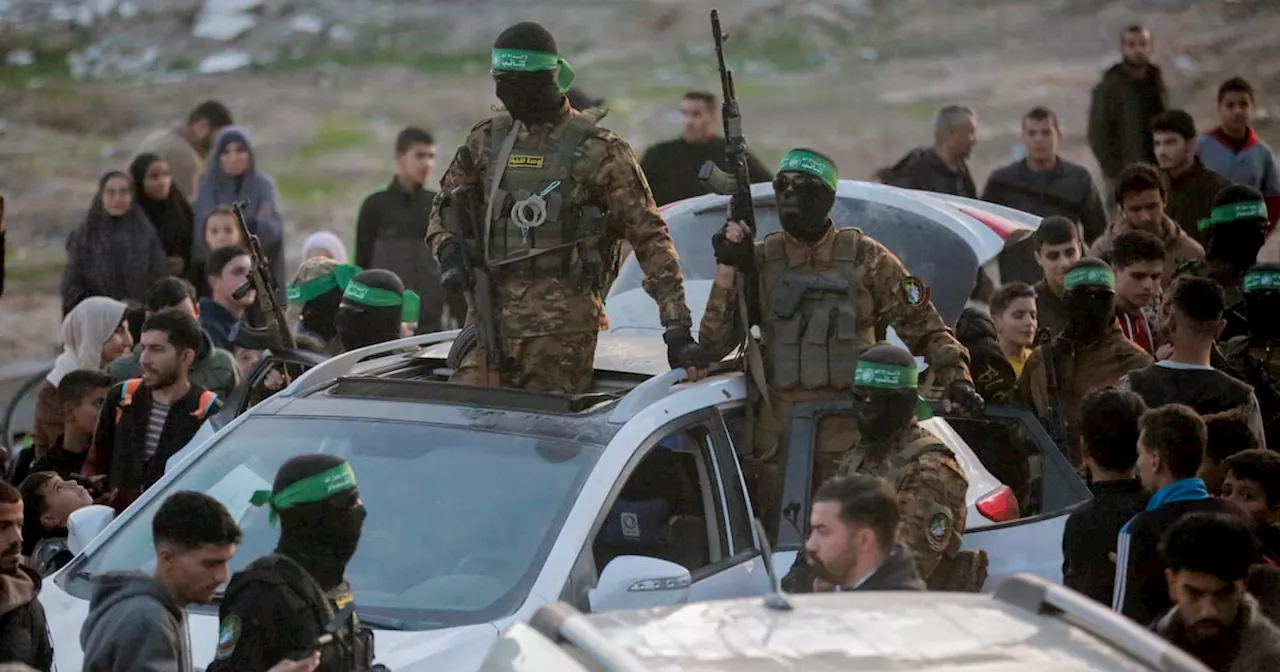 Hamas Fighters Reemerge in Gaza After Ceasefire, Raising Questions About Israel's CampaignImages of Hamas fighters back above ground in Gaza City have sparked concerns about the effectiveness of Israel's campaign against the militant group. Following a 15-month war, Hamas officials, fighters, and policemen are visibly present, seemingly ready to resume control of the enclave. While some Israeli analysts view this as a public relations stunt, others see it as evidence of a lack of strategic planning by the Israeli government. The ceasefire agreement has left many questions unanswered regarding Gaza's future governance and the role of Hamas.
Hamas Fighters Reemerge in Gaza After Ceasefire, Raising Questions About Israel's CampaignImages of Hamas fighters back above ground in Gaza City have sparked concerns about the effectiveness of Israel's campaign against the militant group. Following a 15-month war, Hamas officials, fighters, and policemen are visibly present, seemingly ready to resume control of the enclave. While some Israeli analysts view this as a public relations stunt, others see it as evidence of a lack of strategic planning by the Israeli government. The ceasefire agreement has left many questions unanswered regarding Gaza's future governance and the role of Hamas.
Read more »
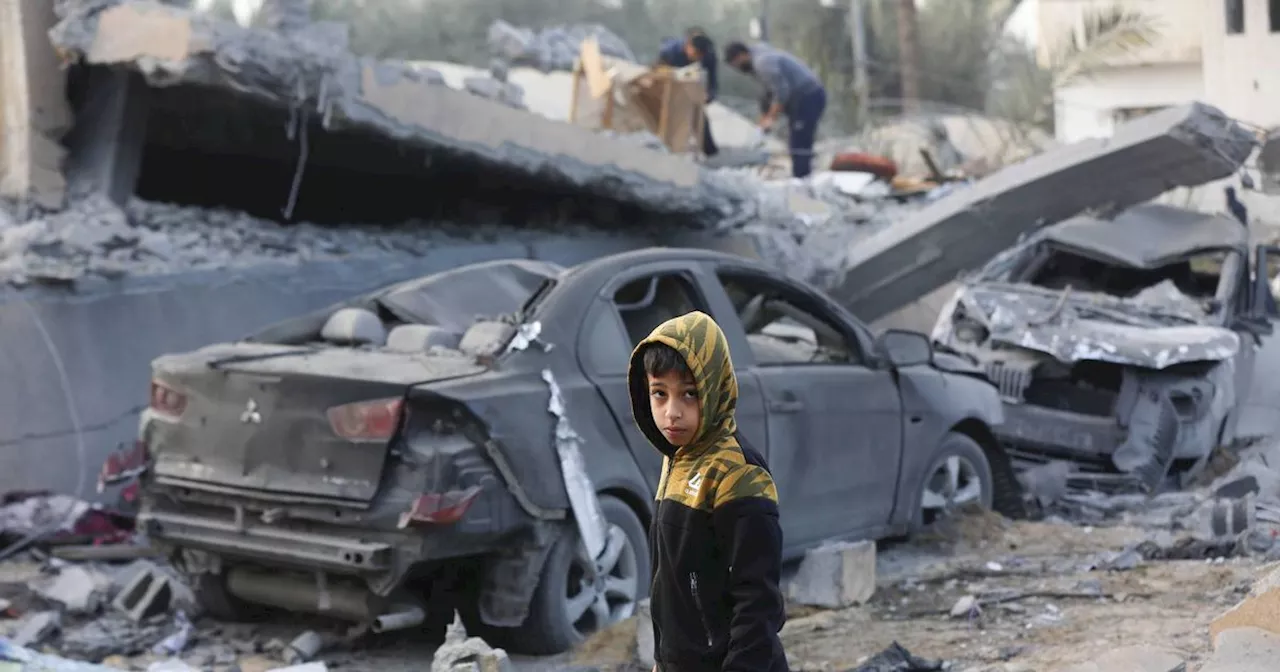 Israel Delays Gaza Ceasefire Approval as Hamas Dispute ArisesIsraeli Prime Minister Benjamin Netanyahu's office has postponed the Cabinet meeting to approve the Gaza ceasefire deal until Hamas fulfills its commitments. Netanyahu's office accuses Hamas of attempting to extract additional concessions at the last moment. The Israeli Cabinet was initially scheduled to ratify the deal on Thursday, following its announcement by US President Joe Biden and Qatar as a key mediator. The agreement, which aims to release 33 hostages over six weeks in exchange for the release of hundreds of Palestinian prisoners and an Israeli withdrawal from certain Gaza territories, faces a setback due to ongoing tensions.
Israel Delays Gaza Ceasefire Approval as Hamas Dispute ArisesIsraeli Prime Minister Benjamin Netanyahu's office has postponed the Cabinet meeting to approve the Gaza ceasefire deal until Hamas fulfills its commitments. Netanyahu's office accuses Hamas of attempting to extract additional concessions at the last moment. The Israeli Cabinet was initially scheduled to ratify the deal on Thursday, following its announcement by US President Joe Biden and Qatar as a key mediator. The agreement, which aims to release 33 hostages over six weeks in exchange for the release of hundreds of Palestinian prisoners and an Israeli withdrawal from certain Gaza territories, faces a setback due to ongoing tensions.
Read more »
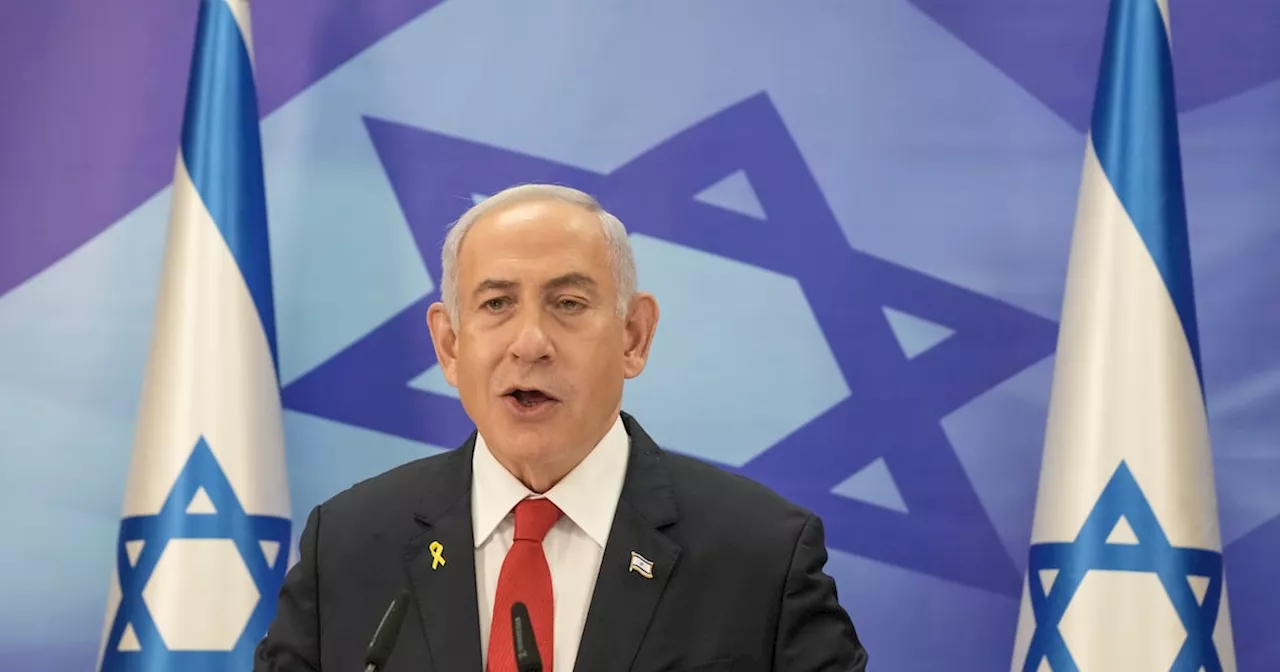 Hamas' Resilience and Gaza's Uncertain FutureDespite heavy losses, Hamas has shown remarkable resilience, replenishing its ranks and posing a continued threat. The lack of a comprehensive postwar plan for Gaza, the lingering conflict, and the rise of young recruits driven by revenge and hardship paint a complex and uncertain future for the region.
Hamas' Resilience and Gaza's Uncertain FutureDespite heavy losses, Hamas has shown remarkable resilience, replenishing its ranks and posing a continued threat. The lack of a comprehensive postwar plan for Gaza, the lingering conflict, and the rise of young recruits driven by revenge and hardship paint a complex and uncertain future for the region.
Read more »
